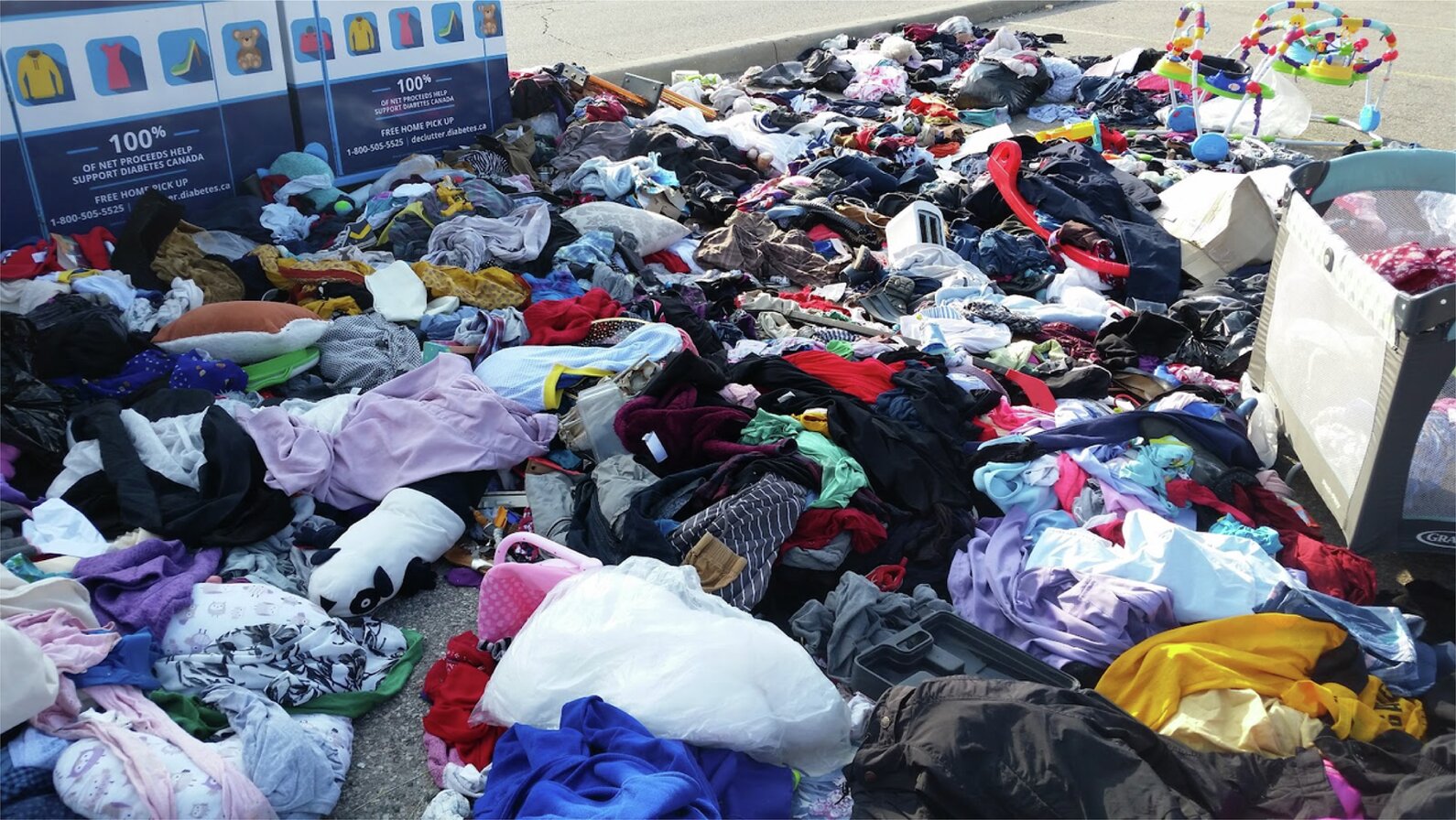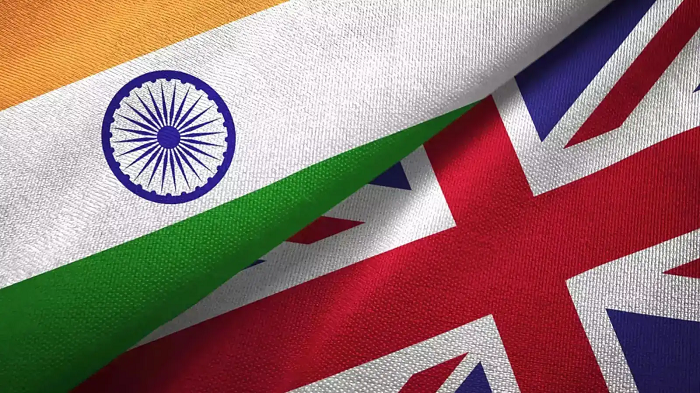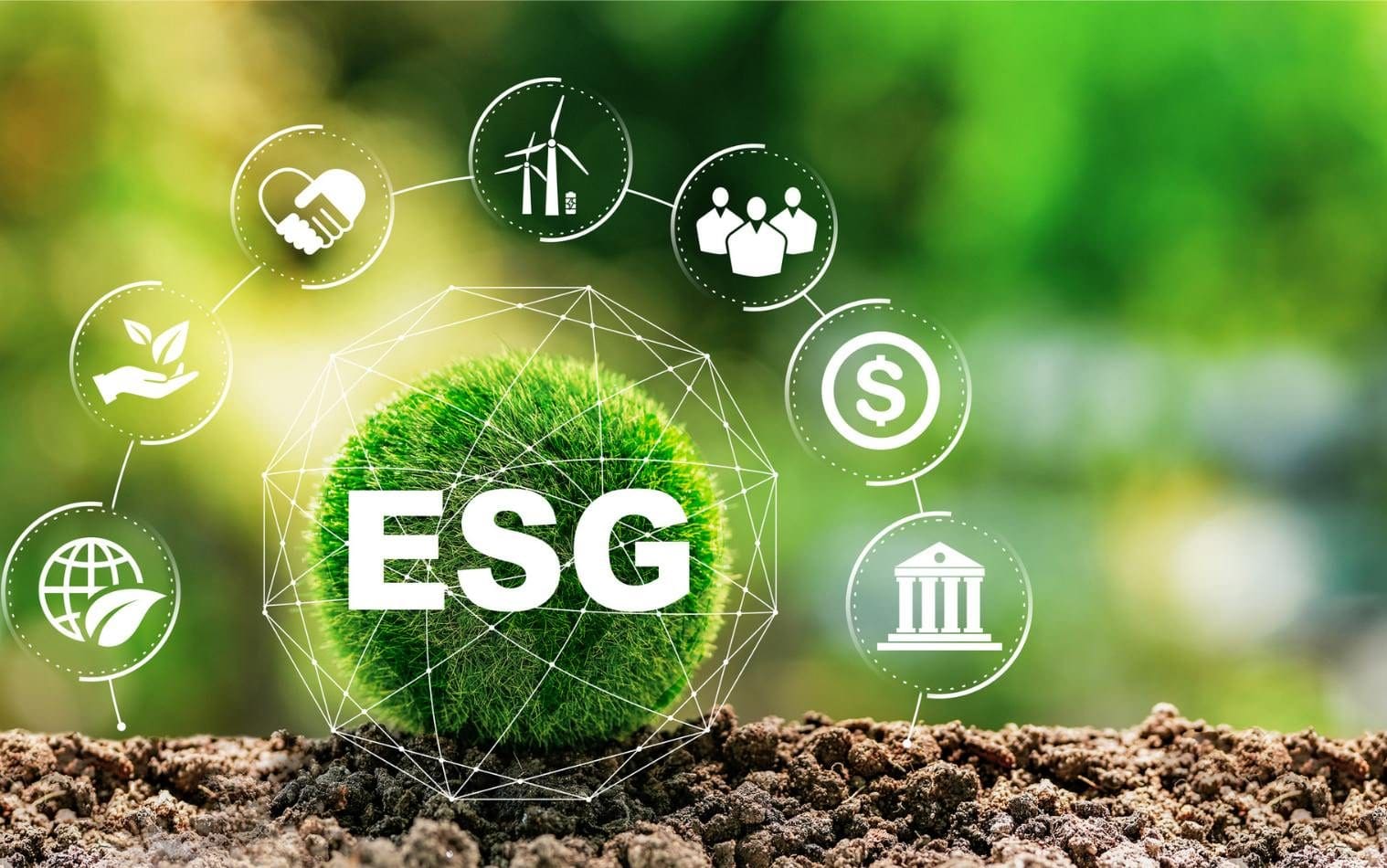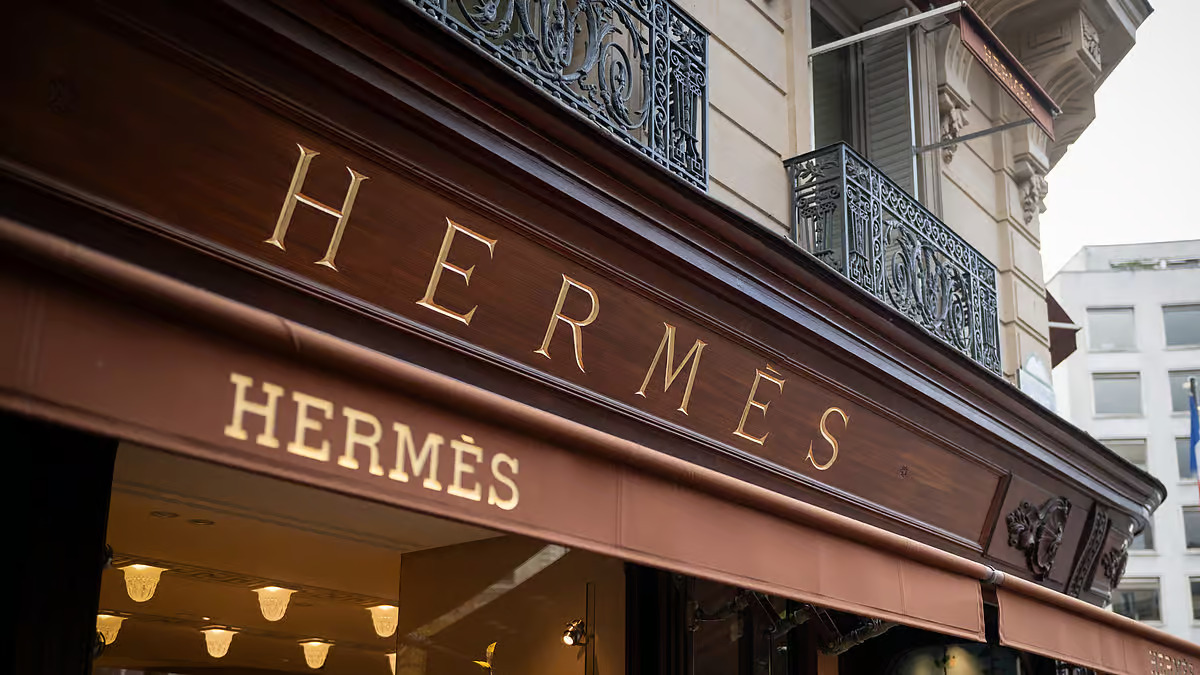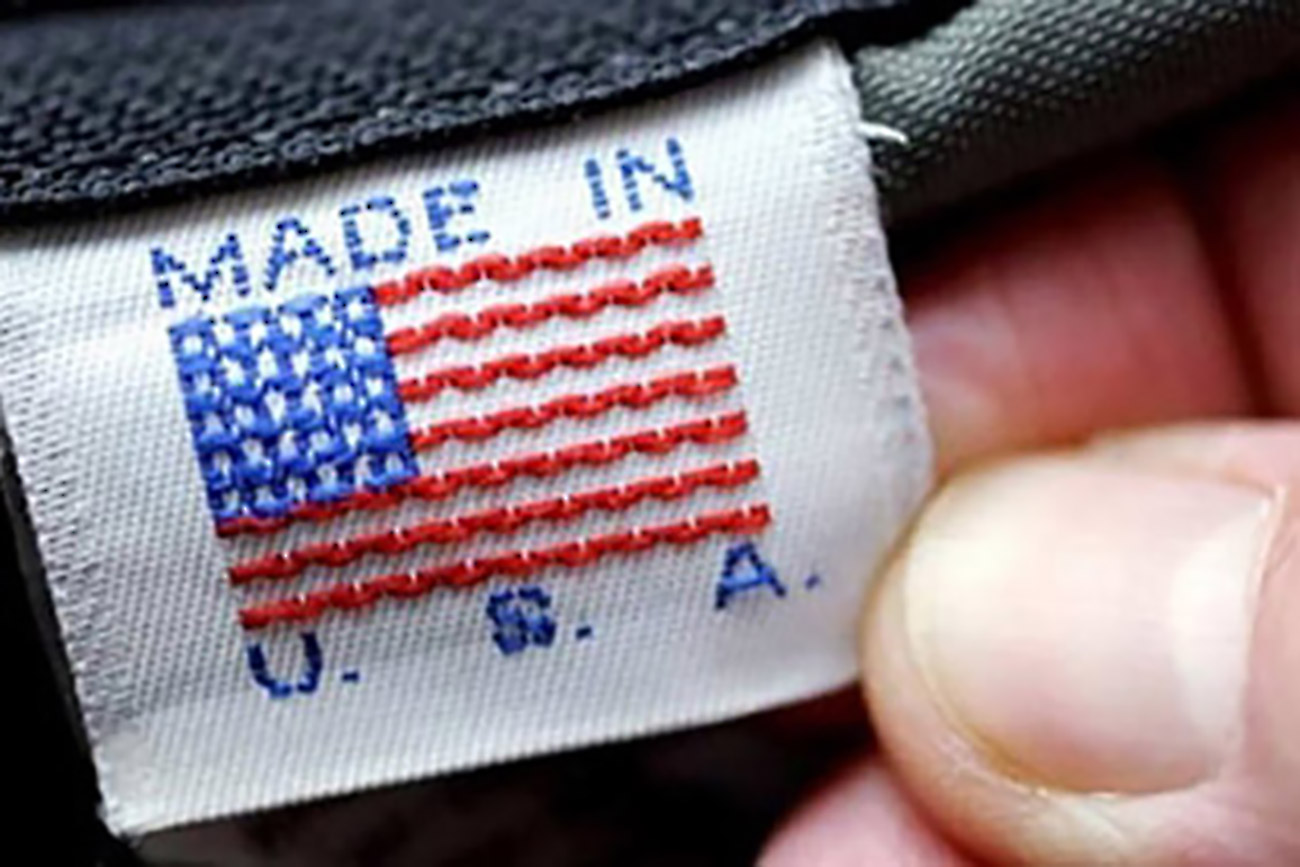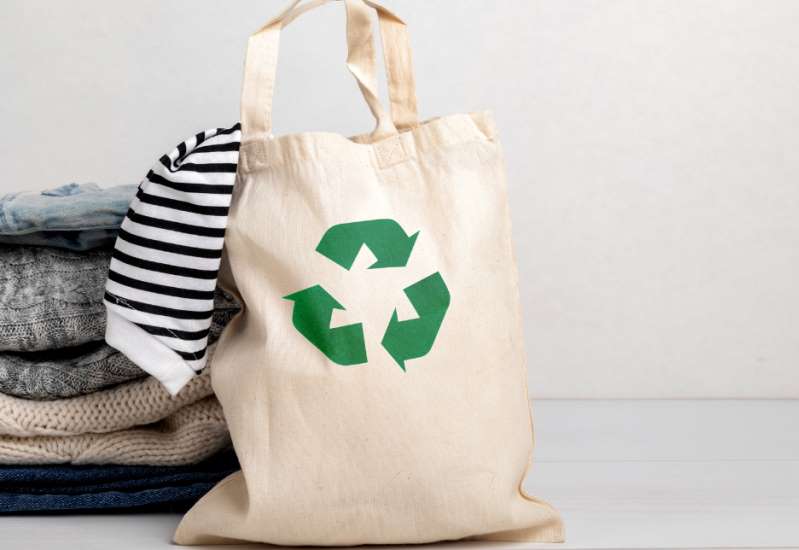FW
The recently concluded international fashion trade show ‘Gallery’ attracted a record number of visitors with a 20 per cent rise. The show was held from January 29 to February 1, 2016 for the first time in the Alte Schmiedehalle as well as at Halle am Wasserturm on the Areal Böhler site. Red Carpet, the orders fair for evening and occasion wear has also booked a successful start.
Ulrike Kähler, Project Director National Trade Shows at the Igedo Company said that the show was very successful premiere for them and they are sure to continue to position Düsseldorf at the hub of the international fashion sector with our presentation at Areal Böhler.
The organisers Igedo Company were able to post a significantly higher visitor footfall than at the Botschaft on Cecilienallee, the ‘Gallery’s former venue. In particular, the showroom concept offering exhibitors a presence over 10 days has generated avid interest among many exhibitors.
According to Philipp Kronen, Managing Partner at the Igedo Company, Düsseldorf is in buyers’ diaries as an orders location. With Gallery and Red Carpet events they will continue to work on the selection of presented brands and leverage the atmospheric backdrop of Areal Böhler in a variety of ways.
The United States was Vietnam’s biggest goods importer in 2015, up 16.9 per cent against 2014. China was Vietnam’s second largest goods importer, up 11.2 per cent year-on-year, followed by South Korea with an increase of 25.03 per cent. Vietnam’s two-way trade with other Asian markets rose by 8.9 per cent over 2014, and these markets made up the biggest proportion of the total, at 65.6 per cent. Apparel is one of Vietnam’s major export earners.
China was Vietnam’s biggest exporter in 2015, a year-on-year rise of 13.9 per cent. Vietnam’s goods exports to the EU climbed 9.4 per cent, to Africa were up 9.8 per cent. Exports to Australia were down 16.2 per cent versus 2014. Vietnam had trade ties with over 200 countries and territories last year. Her exports rose 7.9 per cent year-on-year and imports were up 12 per cent.
Last year, Vietnam spent $14.37 billion on imports from Japan, increasing 11.15 per cent from a year earlier. The nation bought nearly $11 billion worth of goods from Taiwan, down 0.78 per cent; and $8.28 billion from Thailand, growing 16.79 per cent. Vietnam’s imports from South Korea in 2015 showed a strong increase of 27 per cent versus 2014.
The winter 2016 editions of Texworld USA and ApparelSourcing once again opened for business on January 24, 2016 at the Javits Convention Center in New York City. Despite going up against the second largest blizzard in New York City history, attendees and exhibitors alike braved the weather and converged on the show floor for three days of networking, business development and industry education.
Across both the shows, a record-breaking 310 exhibitors represented 16 countries including: USA, China, Peru, Portugal, United Kingdom, Colombia, Pakistan, Korea, Japan and India. Texworld USA and ApparelSourcing ultimately welcomed a total of 4,008 verified visitors across the three days. The show witnessed the highest number of exhibitors in the history of the show’s winter edition with a total of 201 suppliers, all of which specialize in apparel fabrics, fibers, accessories and trims. ApparelSourcing, the long-term joint venture partnership between Messe Frankfurt and CCPIT-Tex, presented 109 suppliers and international apparel manufacturers specializing in finished apparel, contract manufacturing and private label services.
In addition to gaining access to a large offering of global suppliers providing an expansive selection of products across 16 product groups, attendees had the opportunity to explore Texworld USA’s innovative Trend Forum. Designed by Texworld USA’s art directors Gregory Lamaud and Louis Gerin, the forum explored Spring/Summer 2017’s color and textile trends. The direction and color story of the season was expertly told through each hand- selected fabric swatch and through the ‘Contact’ trend book provided to each attendee.
Through a well thought initiative, the US hemp industry is pushing hard for a measure that would make it legal for US businesses to produce the substance, and if lawmakers approve it. Consumers could soon find US-grown hemp in their food, baby products, fabric, fuel, paint, body-care products, paper, carpet, and even auto parts.
Recently, the National Hemp Association (NHA) hired a lobbying firm with contacts deep in the US Department of Commerce to make a push to get the measure passed this year, said Zev Paiss, the Group’s Director. Paiss says the NHA is prepared to spend more than $10,000 per month to get the issue through.
Including China, which is the largest supplier of hemp fiber to the US more than 30 nations grow hemp to sell as a commodity on the world market. American companies are currently only allowed to use imported hemp to make products because Federal laws forbid growing cannabis, which is used to make the substance.
Over 70 US lawmakers from both political parties—including senate majority leader Mitch McConnell and Democrat Ron Wyden—back the measure. If passed, industrial hemp would be removed from the Controlled Substances Act definition of marijuana, effectively setting free what the Congressional Research Service estimates to be a $581 million hemp-product industry in the US.
The NHA is approaching many groups that manufacture consumer goods, including auto companies like BMW, to communicate how hemp can be a sustainable source material for insulation in car doors, upholstery, and dashboards to gather further support.
Some of Europe’s biggest garment retailers have supplier factories in Turkey. Now, Syrian refugee children have been found working in these factories. It’s estimated that a few lakh Syrian refugees work illegally in Turkey – the third largest supplier of clothing to Europe after China and Bangladesh.
Some brands have identified the children and taken action to return them to school and to support their families. But the fact is that only a few brands appear to have engaged with the extent and complexity of these issues in their Turkish supply base; even fewer report taking action to protect these vulnerable workers.
Turkey has taken in the largest number of Syrian refugees in the world, accepting some 2.5 million people who have fled the country in the wake of the five-year civil conflict. Germany accepted 1.1 million refugees last year, while Sweden has taken in 1,60,000.
A survey has found that the refugee influx could deliver long term economic benefits to the EU if the refugees are properly integrated into the job market. The UK continues to face criticism for its stringent refugee policy. The opinion is that the number of refugees welcomed by the UK is far too low compared with that taken in by other European countries.
Bangladesh’s export earnings in December 2015 were the highest monthly exports in history. The expectation is that Bangladesh’s GDP will grow 6.7 per cent in 2016, making it one of the world’s fastest growing economies.
Bangladesh is the world’s second largest clothing exporter, behind only China. It exports the majority of that clothing to the European Union and the US, and business has been good of late. US imports of apparel from Bangladesh, for instance, increased about 16 per cent from November 2014 to November 2015.
Clothing has made up an ever larger share of Bangladesh’s total exports for years, reaching about 81.7 per cent last year. One reason for the country’s success is that there is an insatiable global demand for cheap clothes. And Bangladesh produces a lot of these. In fact this segment seems to be the country’s specialty.
But there are concerns. The country needs to diversify its exports and should start moving up the value chain into higher end products if it really wants to develop. One challenge can come from Vietnam. This has become another top location for apparel manufacturing. If the Trans-Pacific Partnership trade deal goes through, Vietnam can become an even more attractive spot for sourcing, especially for US brands.
"At the interactive session with Gupta, she explained the challenges in front of the sector. “We take everything seeming as a threat as a great opportunity. All I can say is the time is crucial for us to introduce measures promoting growth in the textile sector since our share is still restricted to a small figure in the global textile business. Tragically, we are losing out to Vietnam and other Asian peers. Urgent actions are required to seize the opportunities lying untapped and make ‘Make in India’ campaign successful,” she explained. The aim is not to keep growth limited to some particular areas but to bring it in across all categories in the textile sector ranging from fiber to fashion."
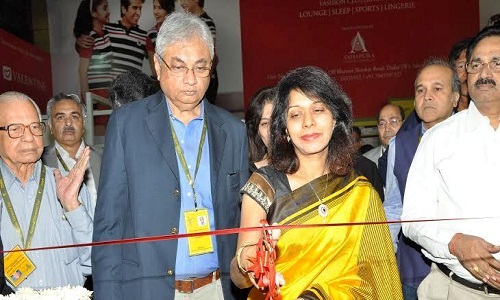
The 62nd NGF organized by the Clothing Manufacturers Association of India (CMAI) from January 27 to 28 at the Bombay Exhibition Centre, Mumbai, was a huge success. The two-day fair that offered various business opportunities for the apparel sector attracted a large number of visitors and industry professionals. With nearly 283 stalls displaying over 330 brands and saw around 15,000 retailers and trade visitors from across the country and overseas visited this B2B fair.

Kavita Gupta, Textile Commissioner was the chief guest at the inaugural event of the fair. The fair was divided into three sections: men’s, women’s and kids’. Speaking at inauguration Gupta said the Textile Ministry is determined to promote the garment sector in every possible way. “The sector is going to be a highly focused area for the Ministry, considering the potential it manifests. A lot of value additions have become a part of the sector in recent days and many are lined up for further. We are also trying to ensure maximum benefits for the garment segment once GST gets implemented.” Stressing on the commitment to the sector, she said while other segments have got not more than 10 per cent subsidy, the garment sector has been given about 50 per cent subsidy. Efforts have also been made to maintain transparency and flawless mechanism. “We also consider branding important for any segment to grow and this exhibition is the best display of endeavors being made towards this direction,” she opined.

At the interactive session with Gupta, she explained the challenges in front of the sector. “We take everything seeming as a threat as a great opportunity. All I can say is the time is crucial for us to introduce measures promoting growth in the textile sector since our share is still restricted to a small figure in the global textile business. Tragically, we are losing out to Vietnam and other Asian peers. Urgent actions are required to seize the opportunities lying untapped and make ‘Make in India’ campaign successful,” she explained. The aim is not to keep growth limited to some particular areas but to bring it in across all categories in the textile sector ranging from fiber to fashion.
Commenting on branding Gupta said that a brand comes last in the entire value chain. It begins with fiber, then its spinning and fabric and likewise every other segment of the value chain and then comes garmenting. “So the entire value chain requires promotion. Branding is certainly important and we are putting extra emphasis on it with an extra focus on its holistic growth,” she opined. Value additions too are critical for growth of the entire value chain, to ensure that fabrics have not been imported but are available easily in the domestic markets, to establish self-sufficiency. She observed that India is doing extremely well on this front. “We are developing some good fabrics in viscose, in synthetic and many other fibers,” she informed.
Meanwhile the government too is promoting viscose. In its effort to speed up growth the government is providing interest submission on viscose products. “We are aiming at export to the tune of $40 billion. We are still lagging behind in technical textile so its promotion is another focus area. We are witnessing 13 per cent growth in this segment, but may go up soon to 20 per cent.”
"Textiles minister Santosh Kumar Gangwar released ‘Baseline survey on Technical Textiles’ and BIS Standards at a curtain raiser event held at New Delhi for Technotex 2016, India’s premier show on technical textiles. The show will be held at Bombay Exhibition Centre, Goregaon, Mumbai from April 21 to 23, 2016. The fifthe International Exhibition & Conference on Technical Textiles recognizes the immense potential of technical textiles and its increasingly diverse and innovative applications. Fittingly, the event has a smart theme: ‘Technical Textiles Towards a Smart Future."

Textiles minister Santosh Kumar Gangwar released ‘Baseline survey on Technical Textiles’ and BIS Standards at a curtain raiser event held at New Delhi for Technotex 2016, India’s premier show on technical textiles. The show will be held at Bombay Exhibition Centre, Goregaon, Mumbai from April 21 to 23, 2016. The fifth International Exhibition & Conference on Technical Textiles recognizes the immense potential of technical textiles and its increasingly diverse and innovative applications. Fittingly, the event has a smart theme: ‘Technical Textiles Towards a Smart Future.’
Growing importance of technical textiles

Speaking at the curtain raiser event, Gangwar said that technical textiles can play an important role in the nation’s social and economic fronts. Gangwar recalled the launch of Rs 427 crores government scheme to promote usage of geotechnical textiles in the Northeastern region of India, in March 2015. He said that this scheme would provide support for use of geotextiles in road construction, slope stabilization and water reservoirs. He expressed satisfaction at the completion of the construction of the airport access road at Imphal, using geotextiles. He said that approval has been given for 13 water reservoir projects in Manipur and Tripura, and for two projects in road construction and slope stabilization in the two states, all employing geotextiles.
The minister also said that the Technology Mission on Technical Textiles (TMTT) has been extended for two years, i.e., for 2015 -2016 and 2016 2017. Eight Centres of Excellence have been set up under the scheme, where facilities for testing, R&D and skill development in technical textiles are being set up. Gangwar said that TMTT Mission II provides support in the areas such as export market development of technical textiles, new business start-ups, contract research and market development support for sale to institutional buyers, among others. He noted that a special focus has been given to technical textiles, under Amended TUFS; a capital subsidy of 15 per cent has been provided for technical textile machinery under the amended scheme, said the Minister.
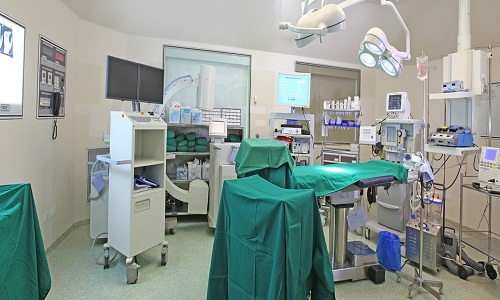
On the occasion, the Gangawar released the Baseline survey on Technical Textiles and BIS Standards for the industry. The release of the survey and standards is an important step forward in the government’s efforts for standardization of technical textile products in India. The minister also released the event brochure for Technotex 2016.
The event is organized by the government of India, in association with Federation of Indian Chambers of Commerce & Industry (FICCI) to make India a manufacturing hub in the area of technical textiles under the Make in India initiative of government.
The knitwear industry in Pakistan has been unable to realise its full potential. Pakistan’s share in world knitwear exports has been declining since 2005. During July to December 2015, Pakistan’s exports of knitwear declined by around three per cent in dollar terms as compared to the previous year. However exports went up by three per cent in quantity terms.
Global demand for knitwear is rather weak. When global demand for any product is weak, the only option left is to go in for value addition since value-added products can maintain and fetch higher prices. Knitwear firms in developing countries may upgrade either their processes or products or upgrade to other functions such as design, logistics, branding and marketing.
By entering global value chains, Pakistan’s knitwear firms can improve their processes. Although process upgrading enables firms to survive in the export market, it does not help them to attain value added functions. Making a higher value added product is known as product upgrading. But only a handful of firms manage to produce slightly higher value added products.
Although designing is a high value added function, developing countries’ suppliers cannot attain this capability with ease since they cannot compete with designers of developed countries.
For better cotton products, BCI plans to implement the final initiative to end-to-end online traceability. In January 2016, BCI added garment manufacturers to its traceability system, the Better Cotton Tracer. This new addition implies a smooth assistance to BCI in order to ensure volumes of Better Cotton being sourced by its retailers and brands through products and suppliers from field to store.
Started in 2013, the operational Better Cotton Tracer initially comprised of ginners, traders, spinners, and retailers and brands providing access to the Tracer. With the course of time, the system has accommodated fabric mills, import-export companies, traders of yarns and fabrics, and garment manufacturers finally; so that each aspect in the supply chain can record their transactions accordingly.
The BCI Supply Chain Manager, Kerem Saral acknowledged the dynamic and comfortable use of the Better Cotton Tracer, being one of the end-to-end traceability system of its kind in the cotton industry which has facilitated the supply chain across regions easily. The End-to-end traceability makes the administrative comprehensive, particularly for retailer and brand members who drive Better Cotton uptake.
How much Better Cotton is sourced by any user in the supply chain can easily be determined by the Better Cotton Tracer. The amount of Better Cotton Claim Units (BCCUs) are recorded by the supply chain units as they receive against a product and allocate these to product sold, so that the amount that is allocated does not exceed the amount of received. Although BCI’s current system does not physically trace Better Cotton through the supply chain, end-to-end traceability strengthens the credibility of Better Cotton claims made by the retailer and brand members.


